
California Local looks back at 2023, with an eye toward what stories will matter most in 2024.

Hundreds of trees fell in the Monterey area last winter. This winter might pose problems as well.

Long-duration energy storage is essential if renewables are to become the basis for a future, carbon-neutral power grid. Here's how California is leading the race to store energy from solar, wind, and other clean sources for use whenever it's needed.
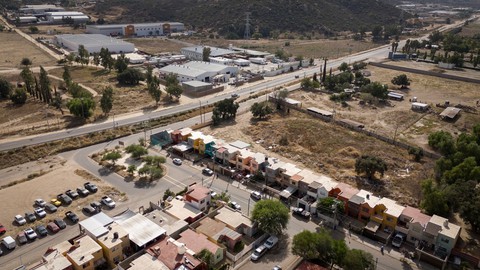
An investigative report shows how California companies and governments avoid the Golden State’s strict environmental regulations by shipping toxic waste across state borders. New reporting shows how California exports the risk to Mexico.
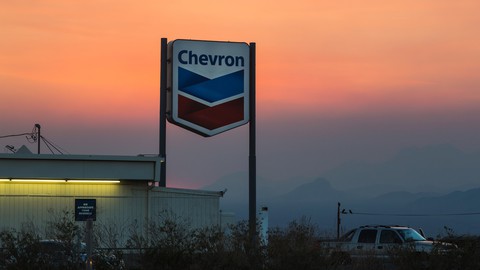
Two-thirds of the bills opposed by the oil industry this year were killed, thanks in part to an alliance with the building trades union, forcing Democrats to sometimes choose between jobs and the environment.

Voice of San Diego looks at what happens when a deceased whale washes up on a local beach—and how this contrasts with past practices.
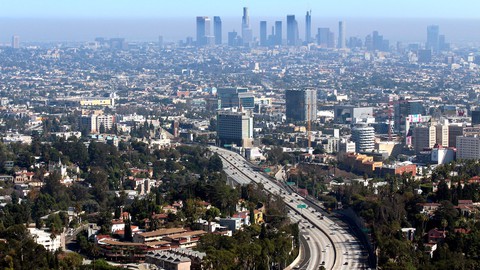
As the state battles climate change and Californians drive fewer gas-powered cars, tax revenue will drop substantially, according to a new state analysis. EV fees will make up only part of the transportation shortfall so lawmakers need new funding options.
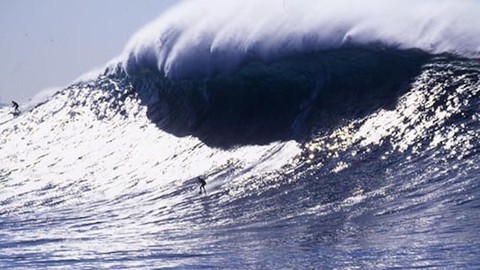
Only a few small demonstration projects off the West Coast have harnessed the power of waves and tides. Costs are high and hurdles are challenging.
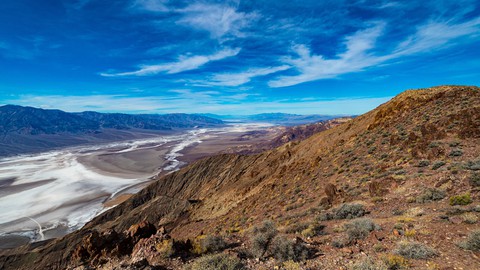
Record rains help a lake reappear in the hottest place on Earth, and The New York Times documents the spectacle.

Hunger and food insecurity have become persistent problems in California. With the world’s fifth-largest economy, what steps can we take to make sure that everyone has enough to eat?

The utilities commission reduced payments to apartments, schools and businesses selling solar power to the grid despite a barrage of criticism. Commissioners say it reverses unfair subsidies.
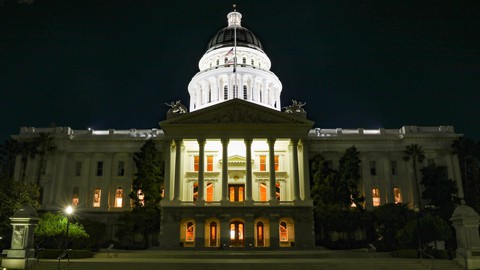
By the end of September 2023, more than $358 million had been spent this year on lobbying California’s Legislature, agencies, and Public Utilities Commission.
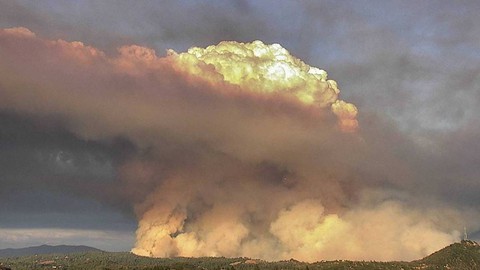
While state regulators craft new regulations and consult with the insurance industry, many Californians are paying extra-high premiums—or going without insurance entirely.

After a 2018 vote authorizing the state legislature to make daylight saving time year-round, Californians are still changing their clocks twice per year. How did we get here?

Logistics is one of the largest industries in California and keeps the state economy running. But it also comes with a heavy cost to the environment. Here are the facts on the most important industry you don't know much about, …
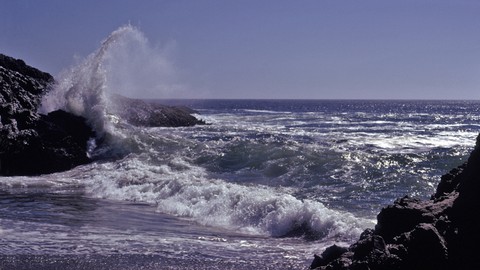
What is the California Coastal Commission? How one of the state’s most powerful agency protects public access to the state’s scenic coast from Mexico to Oregon.
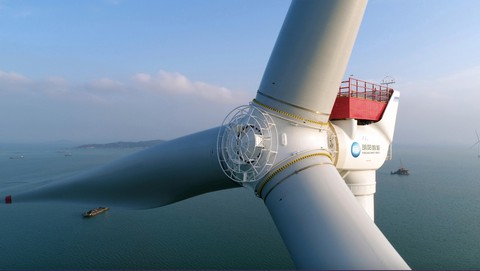
Ocean wind farms are essential to electrify California’s grid with 100% clean energy. But they’re a giant, costly experiment—no one knows how hundreds of towering turbines will transform the remote North Coast.
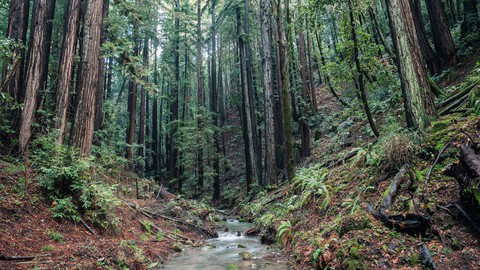
There’s one good way to save open space from development, and that’s to buy property outright. Land trusts are key to that solution.

The conservation director of Land Trust of Santa Cruz talks about the highlights of his work, and some of the issues he sees in maintaining California’s parks.
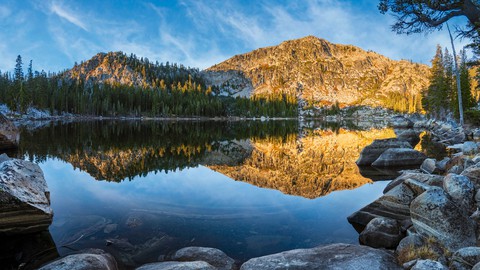
The Golden State has a wealth of unspoiled land managed by the feds, the state, and nonprofit organizations. These websites will help map out an adventure.